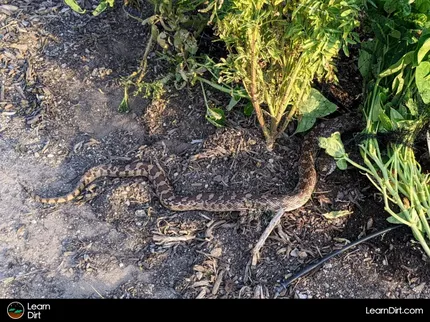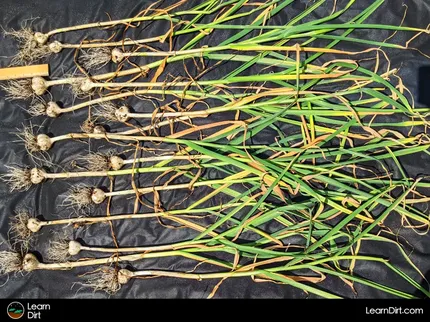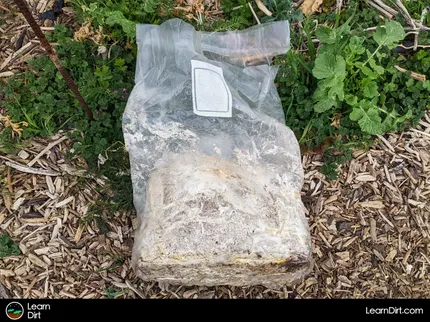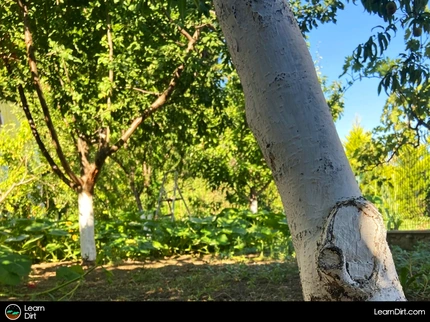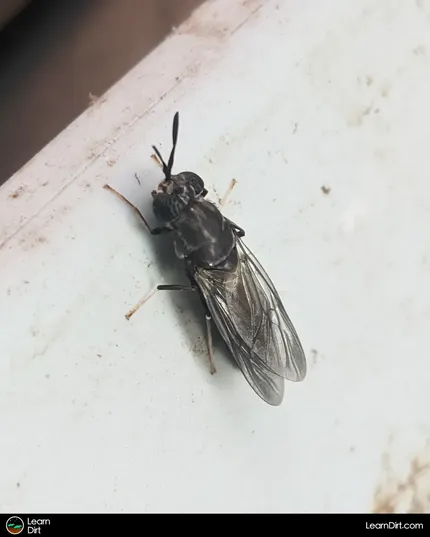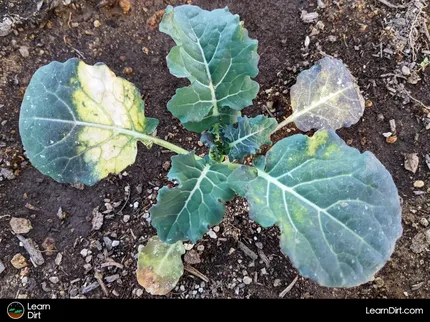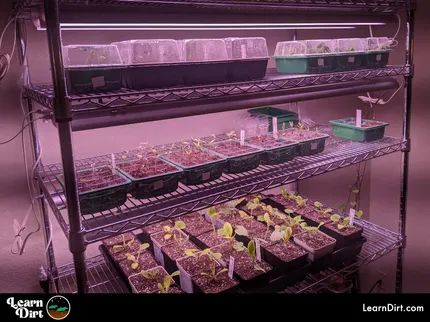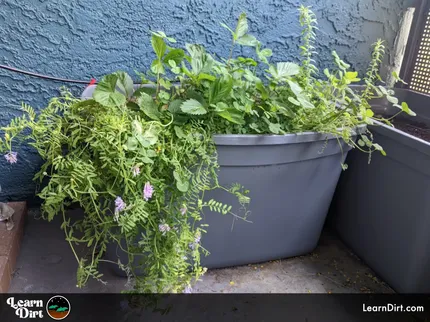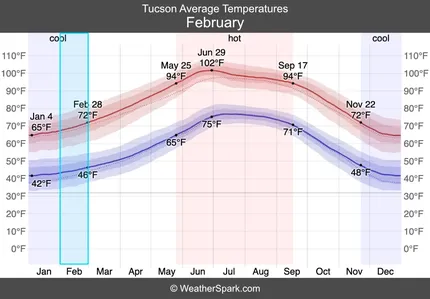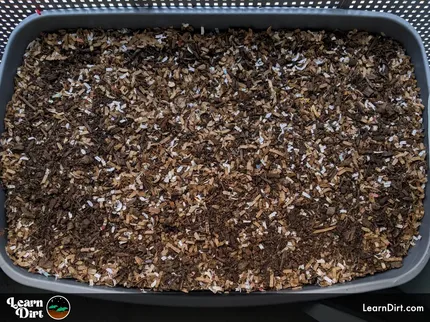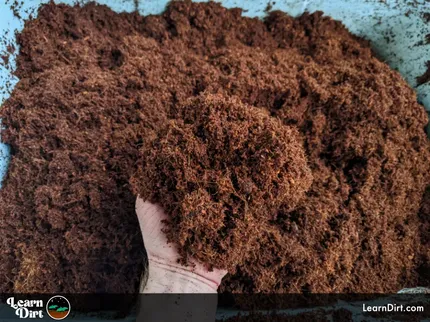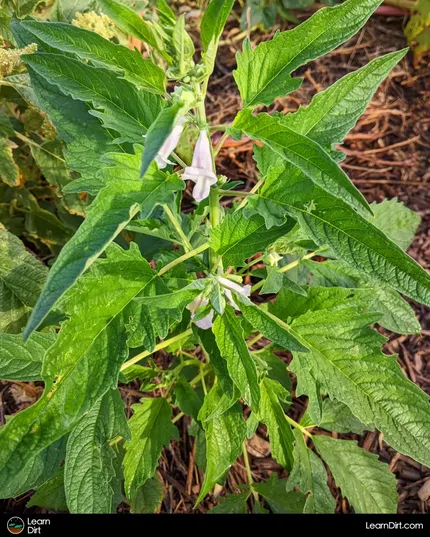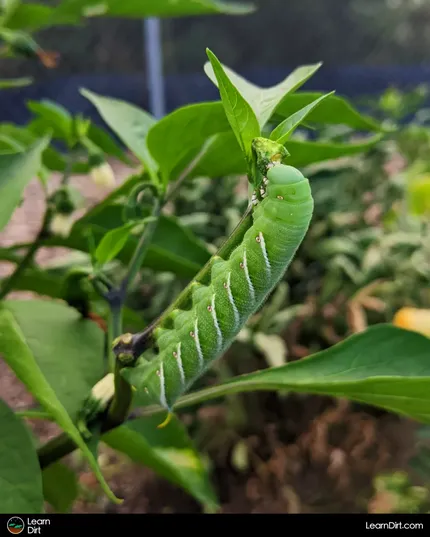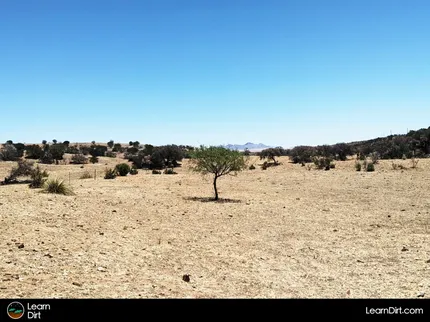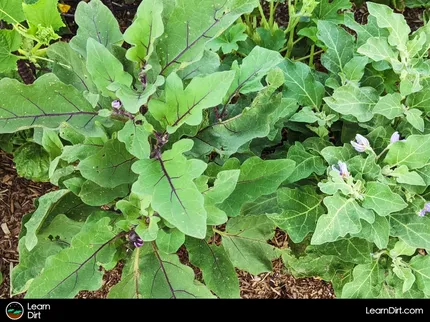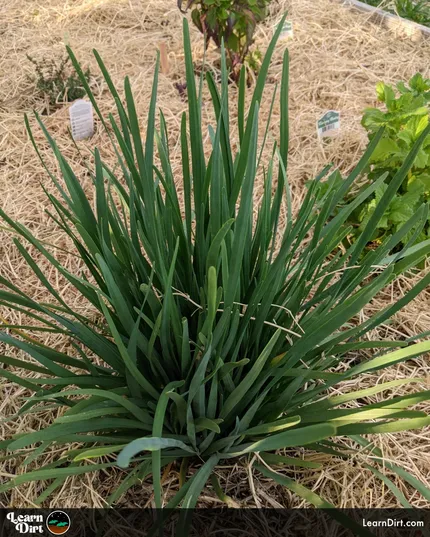Table of Contents
- What Is Nitrogen Fixation?
- Why Is Nitrogen Fixing Important?
- What Do Bacteria Get in Exchange for Nitrogen?
- How Does Nitrogen Fixation Relate to Gardening?
* Our articles never contain AI-generated slop *
As a primary macronutrient, plants rely heavily on nitrogen to grow healthy. Let's talk about nitrogen fixation.
What Is Nitrogen Fixation?
Nitrogen fixation is the process through which atmospheric Nitrogen (Nitrogen in the air) is converted into a usable solid form which can be used by plants.
While a few plants can fix their own nitrogen, this is primarily the job of special bacteria who are well-suited to the job - such as rhizobium.
Disclaimer: This post may contain affiliate links. Refer to the privacy policy for more information.
What we often refer to as "nitrogen-fixers" or "nitrogen-fixing plants" are aften plants which partner with these bacteria, who really do the heavy lifting.
For instance, legumes like peas and beans have special nodules on their roots which provide housing for rhizobium and other nitrogen-fixing bacteria.
There's a great symbiosis which then happens, whereby plants exchange their excess carbon, and nitrogen-fixing bacteria exchange their excess nitrogen - both pulled directly from the air.
In this way' atmospheric carbon and atmospheric nitrogen are both converted from their gaseous states in the air, into solid forms that can be used by the ecosystem at large.
Why Is Nitrogen Fixing Important?
Without the hard work of nitrogen-fixing bacteria, there would be very little nitrogen present in ecosystems for plants and soil biology to utilize.
The vast majority of nitrogen would remain in its gaseous state as part of the air, inaccessible to most life.
Join The Grower's Community
A FREE, friendly forum
where you can ask questions,
swap tips, and meet like-minded growers 🌱
Check It Out!
Without nitrogen-fixers, global food chains and soil food webs would mostly collapse, leaving a barren world where not much could grow.
We animals rely on plants and other animals for our nitrogen as well, so humankind would not fare well without nitrogen fixation.
This process is critical to most life on Earth as we know it.
What Do Bacteria Get in Exchange for Nitrogen?
Nitrogen-fixing bacteria primarily get carbon from plants in exchange for their nitrogen. This happens in the form of carbon-based sugars which plants exude from their roots.
Check out our article on Root Exudates for mor info about this process.
How Does Nitrogen Fixation Relate to Gardening?
As gardeners, we rely heavily on nitrogen in our gardens so that our plants can produce lots of healthy green foliage.
A primary macronutrient, Nitrogen is one of our main focusus in the garden, and it's our job to ensure that there is enough N present in our garden systems to power all the plants we want to grow.
Along with this, nitrogen is also essential for our compost systems, relying on a balance between nitrogen-heavy material and carbonaceous material to achieve peak rates of decomposition.
By growing plants which partner with nitrogen-fixing bacteria, we have a way to introduce atmospheric nitrogen into our garden systems without having to purchase it.
Why Do Plants Need Nitrogen?
How Does Nitrogen Cycle Through The Garden?
Check out our article on The Nitrogen Cycle to learn how N cycles through garden ecosystems.
That's all for now, thanks for reading!
If you have any questions, comments, or would like to connect with fellow gardeners, head on over to the forum and post there.

